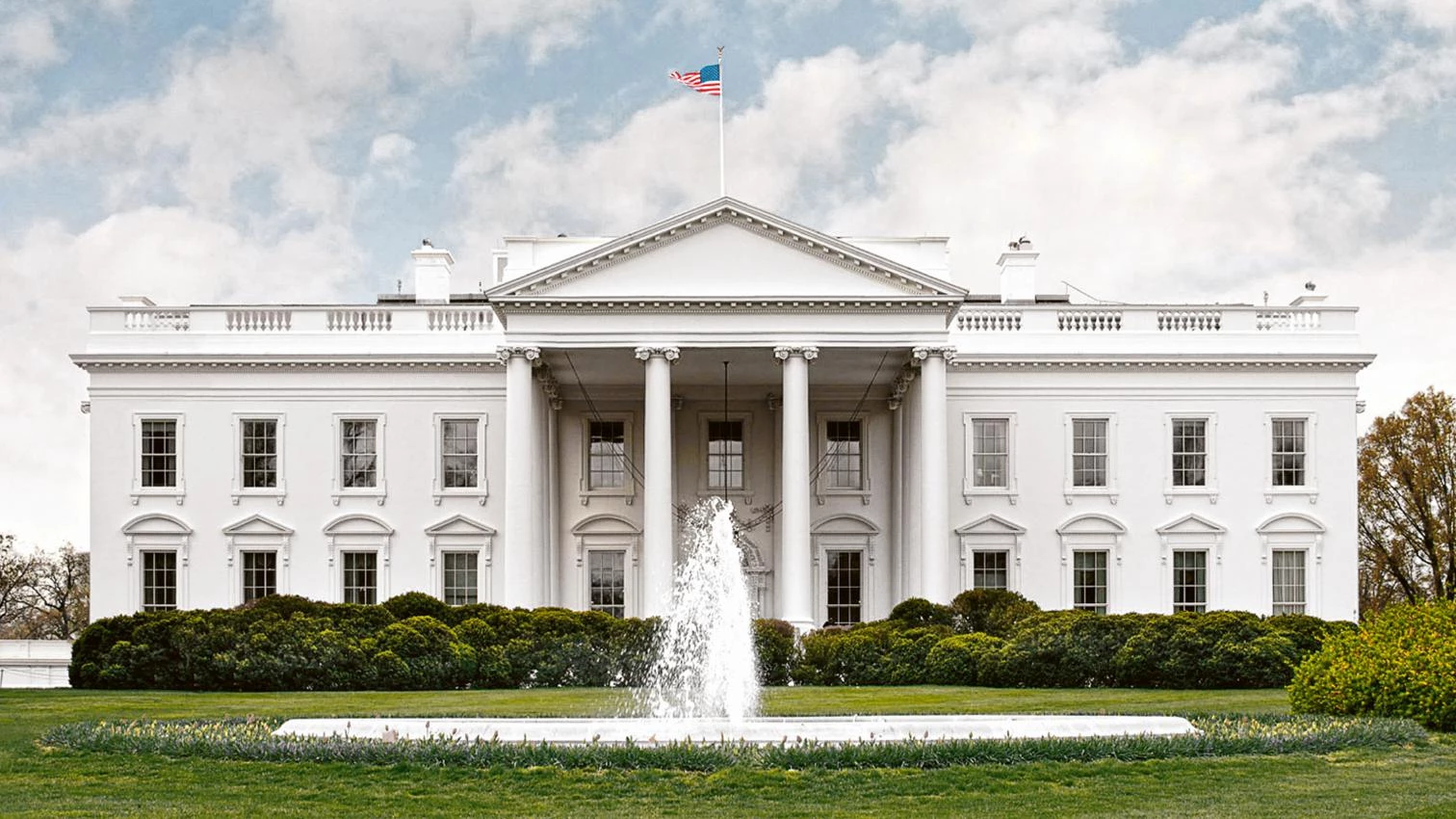
Donald Trump proposes architectural classicism as the default style of federal buildings. A draft executive order obtained by the magazine Architectural Record sets a list of rules for architecture commissioned by the government. The document – titled ‘Making Federal Buildings Beautiful Again,’ paraphrasing his campaign slogan ‘Make America Great Again’ – explains that the Founding Fathers of the United States chose the architecture of democratic Athens and republican Rome for the first federal buildings because it perfectly expressed the new nation’s self-governing ideals, and defends embracing classicism for future constructions, and even for the upgradings of existing ones. The only exception would be regionalist traditionalism in areas where this architectural language is firmly rooted, one case being Spanish colonial in states like Florida or California, but projects would still always have to be implemented in a premodern language.
The draft order censures the work of the General Services Administration’s ‘Design Excellence Program,’ influenced by ‘brutalism and deconstructivism,’ and gives examples of experiences not to be repeated: the US federal building in San Francisco designed by Morphosis, the Los Angeles firm led by Pritzker laureate Thom Mayne; the US courthouse in Austin carried out by Mark Scogin – a Harvard professor who in 1990 succeeded Rafael Moneo as chairman of architecture – and his wife Merrill Elam; and the US courthouse in Miami built by Arquitectonica, a multinational with works in many countries headed by Bernardo Fort Brescia and Laurinda Spear. Completed between the years 2007 and 2012, not one of these three large buildings has been received with critical enthusiasm, so they are easy targets for the antimodern darts of a presidential order whose draft leaked just as the program director resigned from his post.
In promoting these works the Design Excellence Program drew inspiration from the ‘Guiding Principles for Federal Architecture’ written for John F. Kennedy in 1962 by Senator Daniel Patrick Moynihan, which advocated the expression of contemporary values, avoiding ‘an official style’ and even recommending that government pay “some additional cost to avoid excessive uniformity” in federal buildings. Half a century later the wind seems to be blowing from a different direction, as shown in the controversy raised by the Frank Gehry-designed Eisenhower Memorial, the chief opponent of which Trump has placed on the committee that will be overseeing federal architecture. In paradoxical contrast with this classicist revival, in his previous life as real estate tycoon Donald Trump had no qualms about hiring modern architects for his New York or Chicago skyscrapers, compensating for it, to be sure, with glittering gold interiors.
Political reaction to the extreme experimentalism of certain contemporary currents was also seen in China in 2014, with an important speech of President Xi Jinping condemning ‘extravagant architecture’ and upholding friendly buildings that would “inspire minds, warm hearts, cultivate taste, and clean up undesirable work styles.” Like Trump now in his proposed executive order, Xi offered examples of what to avoid, centering his criticism on the CCTV headquarters in Beijing, a spectacular icon by Dutch architect Rem Koolhaas; but he did not put forward an official style, as Mao Zedong had not in his famous address at the 1942 Yenan Forum, or Moynihan in his ‘Guilding Principles’ for Kennedy twenty years later. The debate that is sure to follow the American president’s executive order, were the draft to push through, should perhaps not be focused on classicism in itself, but on the very questionable decision of mandating an official style at all.





